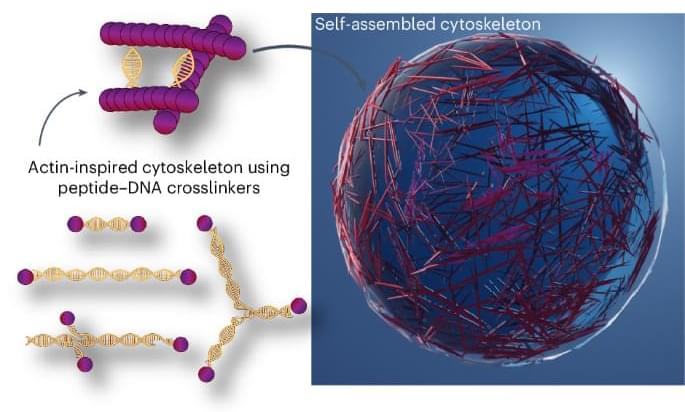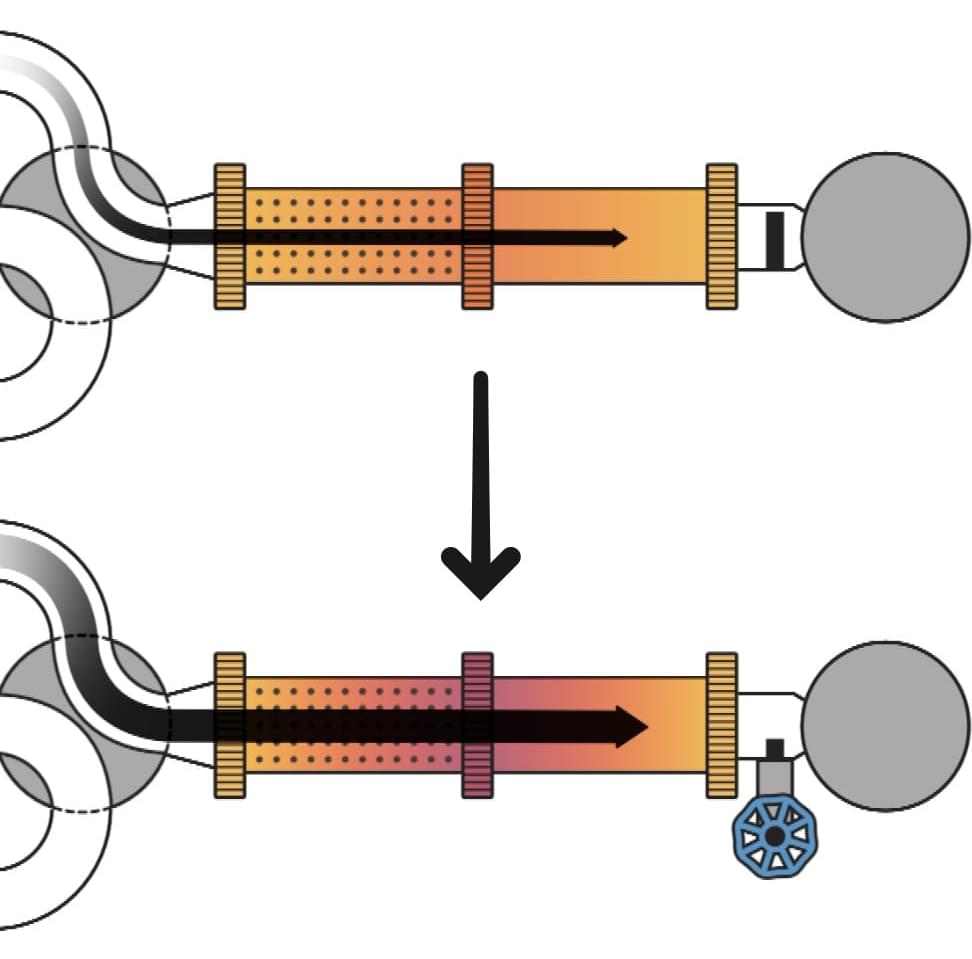Sir Roger Penrose proposes that the universe undergoes repeated cycles of expansion, decay, and rebirth, challenging the traditional notion of a singular Big Bang origin.
Renowned physicist Sir Roger Penrose, hailing from the University of Oxford and a co-recipient of the 2020 Nobel Prize in Physics, posits a fascinating theory regarding the universe’s cyclical nature. Contrary to prevailing notions, Penrose suggests that our universe has undergone numerous Big Bang events, with another impending in the future.
Penrose’s Nobel-winning contributions revolve around advancing mathematical frameworks that not only validate but also extend Albert Einstein’s general theory of relativity. Moreover, his investigations into black holes elucidated the phenomenon of gravitational collapse, wherein excessively dense entities converge into singularities, infinitely massive points.






